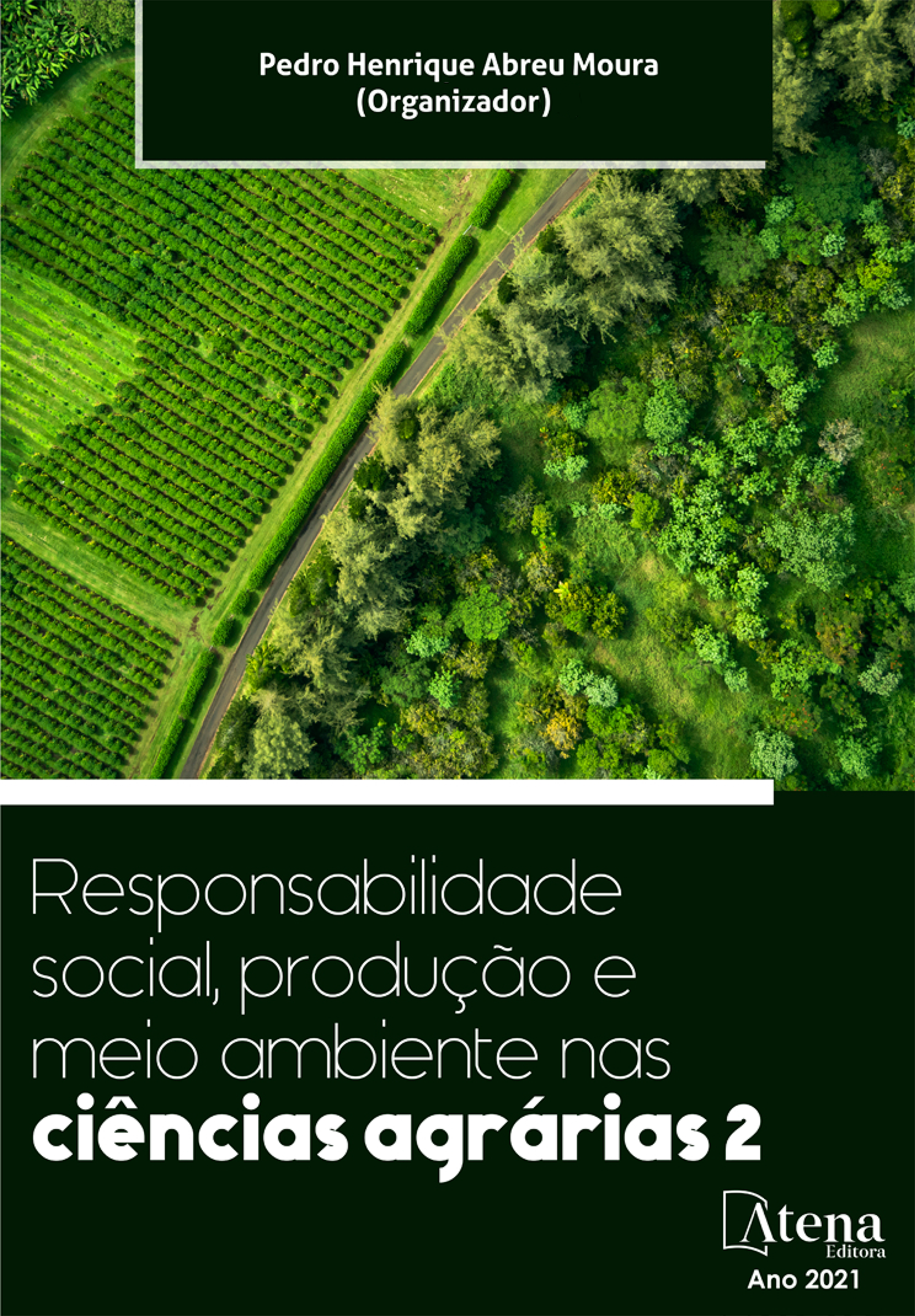
LEVANTAMENTO DE PLANTAS DANINHAS EM PASTAGENS NO MUNICÍPIO DE ROLIM DE MOURA – RO
O levantamento e/ou pesquisa é muito importante para o conhecimento da comunidade de plantas daninhas e, com isso, realizar de forma mais adequada o manejo das mesmas. O objetivo do presente trabalho foi realizar o levantamento das principais plantas daninhas de ocorrência em pastagens no município de Rolim de Moura - RO. A pesquisa foi realizada entre outubro de 2016 e fevereiro de 2017, em cento e trinta propriedades rurais no município de Rolim de Moura. A técnica selecionada para a coleta de dados foi a de entrevista estruturada com perguntas abertas, sendo que foi dada total liberdade ao entrevistado, de modo, a não influenciar nas respostas. Para tratamento dos dados obtidos foram utilizados cálculos de frequência e frequência relativa e também de percentual. Sida sp. foi a planta daninha de maior Frequência (0,515) nas propriedades amostradas. A planta daninha de maior dificuldade de controle segundo os produtores é Sporobolus indicus (L.) R. Br. (Capim PT). O método de controle mais utilizado ainda é o químico. Dos produtores entrevistados 35,4% não sabem dizer em que estádios fazem o controle.
LEVANTAMENTO DE PLANTAS DANINHAS EM PASTAGENS NO MUNICÍPIO DE ROLIM DE MOURA – RO
-
DOI: https://doi.org/10.22533/at.ed.05421120713
-
Palavras-chave: Infestação. Pastagem degradada. Sida sp.
-
Keywords: Degraded pasture. Infestation. Sida sp.
-
Abstract:
The survey and / or research is very important for the knowledge of the community of weeds and, with this, to carry out in a more appropriate way the management of the same. The objective of this work was to survey the main weeds occurring in pastures in the municipality of Rolim de Moura - RO. The survey was conducted between October 2016 and February 2017, in one hundred and thirty rural properties in the municipality of Rolim de Moura. The technique selected for data collection was a structured interview with open questions, and the respondent was given total freedom, so as not to influence the responses. For the treatment of the obtained data were used calculations of frequency and relative frequency and also of percentage. Sida sp. was the weed of higher frequency (0,515) in the sampled properties. The weed of greatest difficulty of control according to the producers is Sporobolus indicus (L.) R. Br. (Capim PT). The most commonly used method of control is chemistry. Of the producers interviewed, 35.4% do not know what stadiums they are in control of.
-
Número de páginas: 15
- Fábio Régis de Souza
- Kênia Barbosa de Sousa


